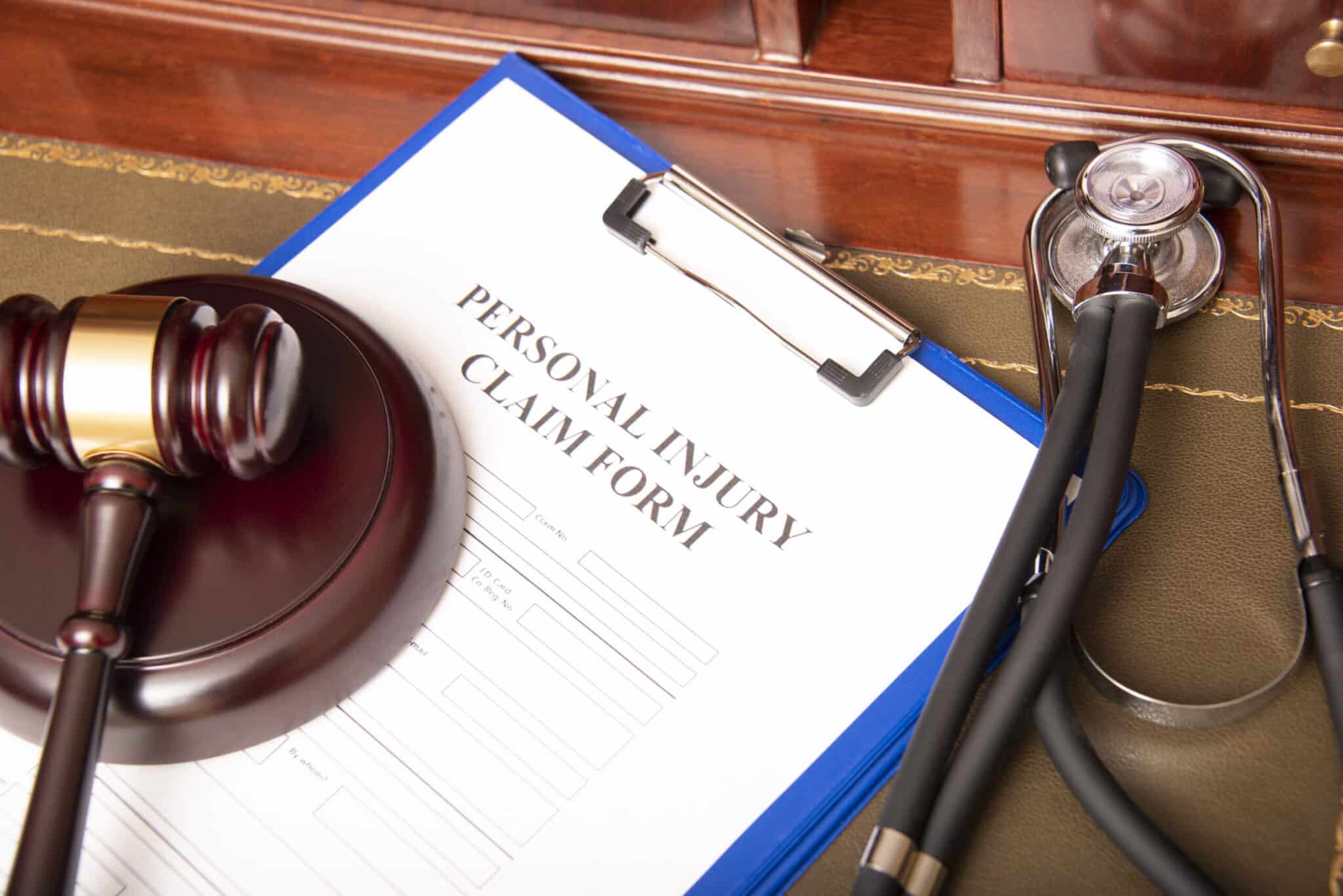
Delve into the crucial aspects of a personal injury case and learn how they can influence the outcome of your legal battle.

What Constitutes a Personal Injury?
A personal injury refers to any physical or psychological harm caused to an individual as a result of someone else’s negligence or intentional actions.
Examples of personal injuries include car accidents, medical malpractice, slip and fall incidents, and workplace accidents.
To establish a personal injury case, it is important to demonstrate that the injury was caused by another party’s negligence or intentional misconduct.
This can involve proving that the responsible party had a duty of care towards the injured person, that they breached that duty, and that the breach resulted in the injury.
Personal injury cases can vary widely in terms of severity and the types of damages sought, but they all center around the concept of harm caused by another party’s actions.
Identifying Key Parties Involved in Personal Injury Cases
In a personal injury case, there are typically several key parties involved:
– The plaintiff: This is the person who has been injured and is seeking compensation for their damages.
– The defendant: This is the party who is alleged to have caused the injury through their negligence or intentional actions.
– Insurance companies: In many cases, insurance companies are involved because they may provide coverage for the defendant’s liability.
– Witnesses: Depending on the circumstances, there may be witnesses who can provide testimony about the events leading to the injury.
Identifying and understanding the roles of these key parties is essential in building a strong personal injury case.
The Role of Negligence and Liability
Negligence is a central concept in personal injury cases. It refers to the failure to exercise reasonable care, resulting in harm to another person.
To establish negligence, the following elements must be proven:
– Duty of care: The defendant owed a legal duty of care to the plaintiff.
– Breach of duty: The defendant breached their duty of care through their actions or inactions.
– Causation: The defendant’s breach of duty directly caused the plaintiff’s injury.
– Damages: The plaintiff suffered actual damages as a result of the injury.
Liability, on the other hand, refers to the legal responsibility for the harm caused. If negligence is proven, the defendant can be held liable for the damages suffered by the plaintiff.
Understanding the role of negligence and liability is crucial in determining fault and seeking compensation in a personal injury case.
Calculating Damages and Compensation
Calculating damages and compensation in a personal injury case involves assessing the various losses suffered by the plaintiff.
These can include:
– Medical expenses: This includes costs for hospital stays, surgeries, medications, and rehabilitation.
– Lost wages: If the injury resulted in the plaintiff being unable to work, they may be entitled to compensation for the income they would have earned.
– Property damage: If any property was damaged as a result of the injury, the plaintiff may seek compensation for repairs or replacement.
– Pain and suffering: This refers to the physical and emotional distress caused by the injury.
– Loss of consortium: In some cases, the injury may have affected the plaintiff’s relationship with their spouse, leading to a claim for loss of companionship or support.
Calculating damages requires careful consideration of the specific circumstances of the case and the extent of the plaintiff’s losses.
Navigating the Legal Process: Steps and Expectations
Navigating the legal process in a personal injury case can be complex and overwhelming. It is important to understand the steps involved and what to expect.
Some key steps in the legal process include:
– Consultation with an attorney: It is advisable to seek legal representation from an experienced personal injury attorney who can guide you through the process.
– Investigation: The attorney will conduct a thorough investigation to gather evidence, interview witnesses, and assess the strength of the case.
– Negotiation: In many cases, the parties involved may attempt to reach a settlement through negotiation, avoiding the need for a trial.
– Filing a lawsuit: If a settlement cannot be reached, the next step is to file a lawsuit and proceed to trial.
– Trial: The case will be presented before a judge or jury, who will determine the outcome based on the evidence presented.
Navigating the legal process can be time-consuming and complex, but having a knowledgeable attorney by your side can greatly increase the chances of a successful outcome.




